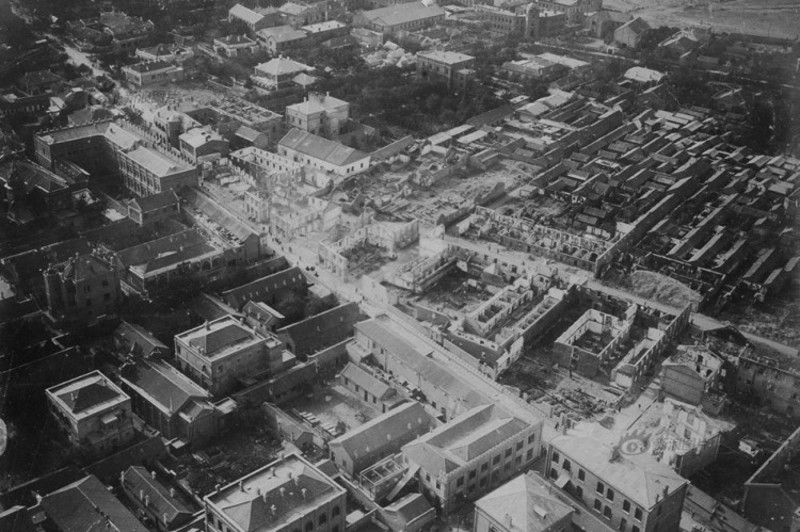Last week I wrote about the Taiping Rebellion as one of two lenses through which the Chinese government looks at religious movements. The second lens is the Boxer Rebellion, another quasi-religious movement that appeared on the scene in the waning years of the 19th century.
Unlike the Taiping Rebellion, which was a movement to overthrow the Qing Government, the Boxer Rebellion actually had backing from the Crown (Empress Cixi). The Boxers (officially called The Society of the Righteous and Harmonious Fists) were anti-modern, anti-foreign, and anti-Christian. Centered in Shandong and Shanxi Provinces, they are most noted for their massacres of Christians, and for the siege of the Legation Quarter in Beijing during the summer of 1900. In response, the western powers came down hard on China, further weakening the power of the Qing rulers. They never recovered, thus setting the stage for their overthrow in 1911.
Once again, a quasi-religious movement destabilized the social and political order; this time bringing it all crashing down. Today’s leaders know this.
Here are some suggested resources for reading up on the Boxer Rebellion:
The Boxer Rebellion: The Dramatic Story of China’s War on Foreigners That Shook the World in the Summer of 1900. By Diana Preston
Chinese peasants chafed against the foreign technologies and ideas that the imperialists introduced. Then a new movement—mystical, materialistic, and virulently anti-Christian—began to spread among them like wildfire. The foreigners laughed at the peasants’ martial-arts routines and nicknamed them “the Boxers”—never imagining that the group, with the backing of China’s empress dowager, would soon terrorize the world…This acclaimed account of the Boxer Rebellion, by an Oxford-trained historian, is an important new addition to every shelf of high-quality, highly accessible history.
The Siege At Peking: The Boxer Rebellion, by Peter Flemming
On June 20, 1900 the foreign legations at Peking were attacked by Boxers and Imperial Chinese troops, with the equivocal support of the Empress Dowager, Tz’u Hsi. The ensuing siege was to last for 55 days, and the news of it shook the world.
The Siege of the Legations was a landmark in the development of Modern China. It brought to a head the crisis in the Celestial Empire’s relations with the outside world. Its outcome exacerbated the decline of the Empire and the Manchu dynasty which had ruled China since 1644.
Peter Fleming, epitome of the enlightened gentleman explorer, traveled extensively in China and Central Asia as a correspondent of The Times (London) early in the 1930s. He interviewed survivors of the siege, and his report is as vivid today as when first published.
History in Three Keys: The Boxers as Event, Experience, and Myth, by Paul Cohen
A comprehensive look at the Boxer Rebellion of 1898-1900, a bloody uprising in north China against native Christians and foreign missionaries.
Boxer Rebellion – Three-Minute History (Jabzy, via YouTube)
That’s magazine has an interesting collection of aerial photos of Beijing taken by the foreign forces sent in to relieve the siege in August of 1900.

Images courtesy of: http://i0.wp.com/www.navalhistory.org/wp-content/uploads/2011/03/Boxer-Rebellion003.jpg, that’s magazine

Joann Pittman
Joann Pittman is Vice President of Partnership and China Engagement and editor of ZGBriefs. Prior to joining ChinaSource, Joann spent 28 years working in China, as an English teacher, language student, program director, and cross-cultural trainer for organizations and businesses engaged in China. She has also taught Chinese at the University …View Full Bio
Are you enjoying a cup of good coffee or fragrant tea while reading the latest ChinaSource post? Consider donating the cost of that “cuppa” to support our content so we can continue to serve you with the latest on Christianity in China.